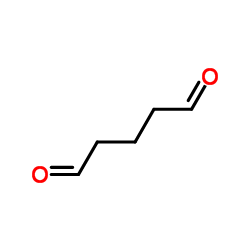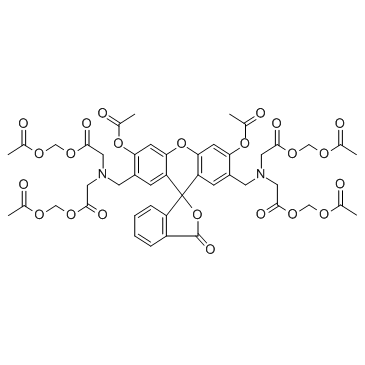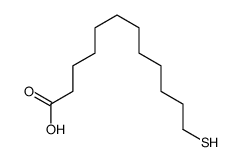| Structure | Name/CAS No. | Articles |
|---|---|---|
 |
Ethanol
CAS:64-17-5 |
|
 |
Dimethyl sulfoxide
CAS:67-68-5 |
|
 |
glutaraldehyde
CAS:111-30-8 |
|
 |
Calcein-AM
CAS:148504-34-1 |
|
 |
12-Mercaptododecanoic acid
CAS:82001-53-4 |
|
 |
11-mercaptoundecanol
CAS:73768-94-2 |
|
 |
1-Undecanethiol
CAS:5332-52-5 |
|
 |
8-Octanoyloxypyrene-1,3,6-trisulfonic acid trisodium salt
CAS:115787-84-3 |